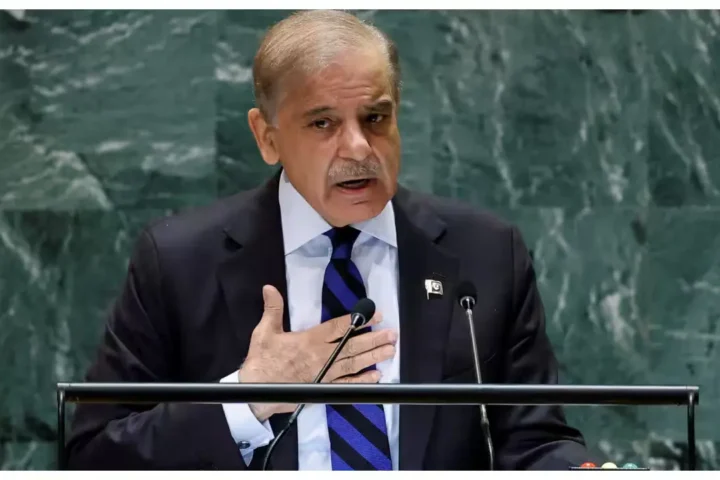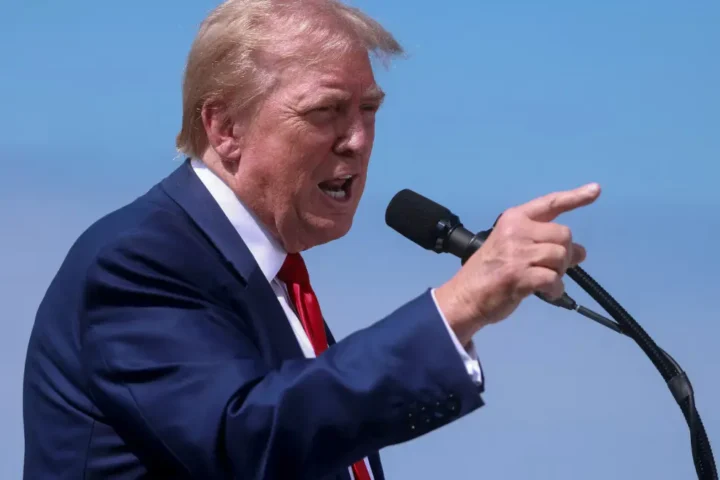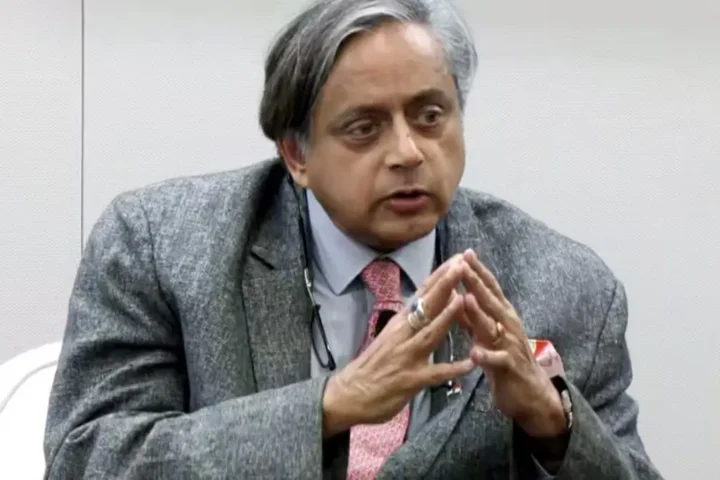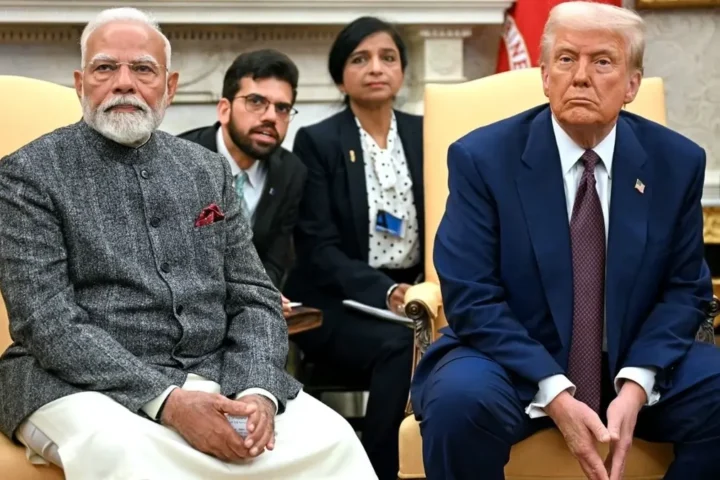After 12 days of high-intensity warfare, the guns have fallen silent—but not the rhetoric. Israel, Iran, and the United States have each claimed victory in a conflict that brought the region to the edge of a catastrophic war. While a US-brokered ceasefire has halted direct military operations, the damage—both physical and political—is undeniable.
How It All Unfolded: A Region on the Brink
The fighting began after US airstrikes targeted three Iranian nuclear facilities. In retaliation, Iran launched a missile assault on the US military base in Qatar. The strike came with an unusual twist—Tehran warned Doha ahead of time, minimizing casualties but maximizing symbolic impact.
In the wake of this, countries across the Gulf, including Iraq, Kuwait, Bahrain, and the UAE, shut down their airspace. The world watched nervously as the conflict teetered on the edge of spiraling out of control. Then came the announcement: a ceasefire, brokered by US President Donald Trump, would be enforced within 24 hours.
Israel: Strategic Wins, Heavy Costs
Israel claims it emerged victorious, achieving what Prime Minister Netanyahu called a “significant weakening” of Iran’s nuclear and missile capabilities.
Reported Damages in Israel:
- Missile Casualties: Over 73 civilians and 18 military personnel were reported killed due to Iranian missile strikes in Tel Aviv, Haifa, and Beersheba.
- Infrastructure Damage: Estimated $1.1 billion in damage, including strikes on military installations, fuel depots, and residential areas.
- Iron Dome Saturated: Despite its advanced defense, the Iron Dome system was overwhelmed in certain areas, with over 300 rockets making impact.
- Public Sentiment: Domestic protests erupted in Tel Aviv over Netanyahu’s continued Gaza campaign, which saw over 900 Palestinian deaths during the same period.
Yet, for Israel, the biggest gain may have been shifting US military action toward Iran, a diplomatic goal pursued for decades.
United States: Tactical Strikes, Political Blowback
While the US joined late, it claims to have delivered decisive blows by hitting Iran’s Fordow nuclear site and two other enrichment facilities. President Trump positioned himself as the ‘peacemaker’—though not without controversy.
Estimated US Involvement and Outcome:
- Military Deployment: 3 B-2 bombers from Guam participated in airstrikes.
- No Casualties: Thanks to Tehran’s prior warning, no US personnel were injured in the Al Udeid base attack.
- Political Fallout: Over 38 members of Congress have signed a petition to impeach Trump for unauthorized military action, citing violation of the War Powers Act.
- Global Image: Widespread protests erupted in New York, Berlin, and London against the US involvement.
Trump’s aggressive diplomacy has drawn mixed reviews—praise from allies, concern from adversaries, and chaos within.
Iran: Resilient Despite Devastation
Despite enduring the heaviest strikes, Iran has portrayed its survival as a strategic victory. Ayatollah Khamenei, though reportedly sheltered in an underground bunker, maintained a hardline stance throughout.
Reported Damages in Iran:
- Casualties: Over 412 civilian deaths and 92 military personnel killed in targeted US and Israeli airstrikes.
- Nuclear Facilities Hit: The Fordow site near Qom sustained extensive structural damage, but analysts believe Iran evacuated critical materials ahead of time.
- Economic Impact: Estimated losses over $2.3 billion, including the destruction of radar stations, power infrastructure, and industrial zones in Isfahan and Natanz.
- Missile Response: Iran launched over 620 missiles, many targeting military zones in Israel and the Gulf, signaling retained capability despite hits.
Iran’s narrative is clear: it absorbed attacks from two global powers, retaliated meaningfully, and walked away without surrender—positioning itself as a regional survivor.
Interesting Read
Ceasefire or Intermission?
Ali Vaez, Iran Director at the International Crisis Group, summarized the outcome:
“The US can say it delayed Iran’s nuclear ambitions, Israel can claim to have shaken Tehran, and Iran can say it endured a superpower assault and remained standing.”
But the ground remains shaky. Israel’s war with Hamas continues, and its Tuesday airstrike in Lebanon, killing one, hints that its military strategy is far from finished. In Washington, pressure mounts on Trump to revive the long-dormant Iran nuclear deal, with global eyes watching.
Conclusion: Three Versions of Victory, One Region on Edge
This war didn’t end in triumph—it ended in a tactical pause. Each nation walks away with bruises, gains, and dangerously unfulfilled objectives. As missiles stop flying, the silence might only be temporary. The Middle East remains a powder keg—this ceasefire just postponed the next spark.







